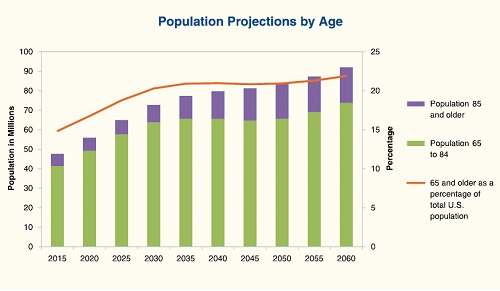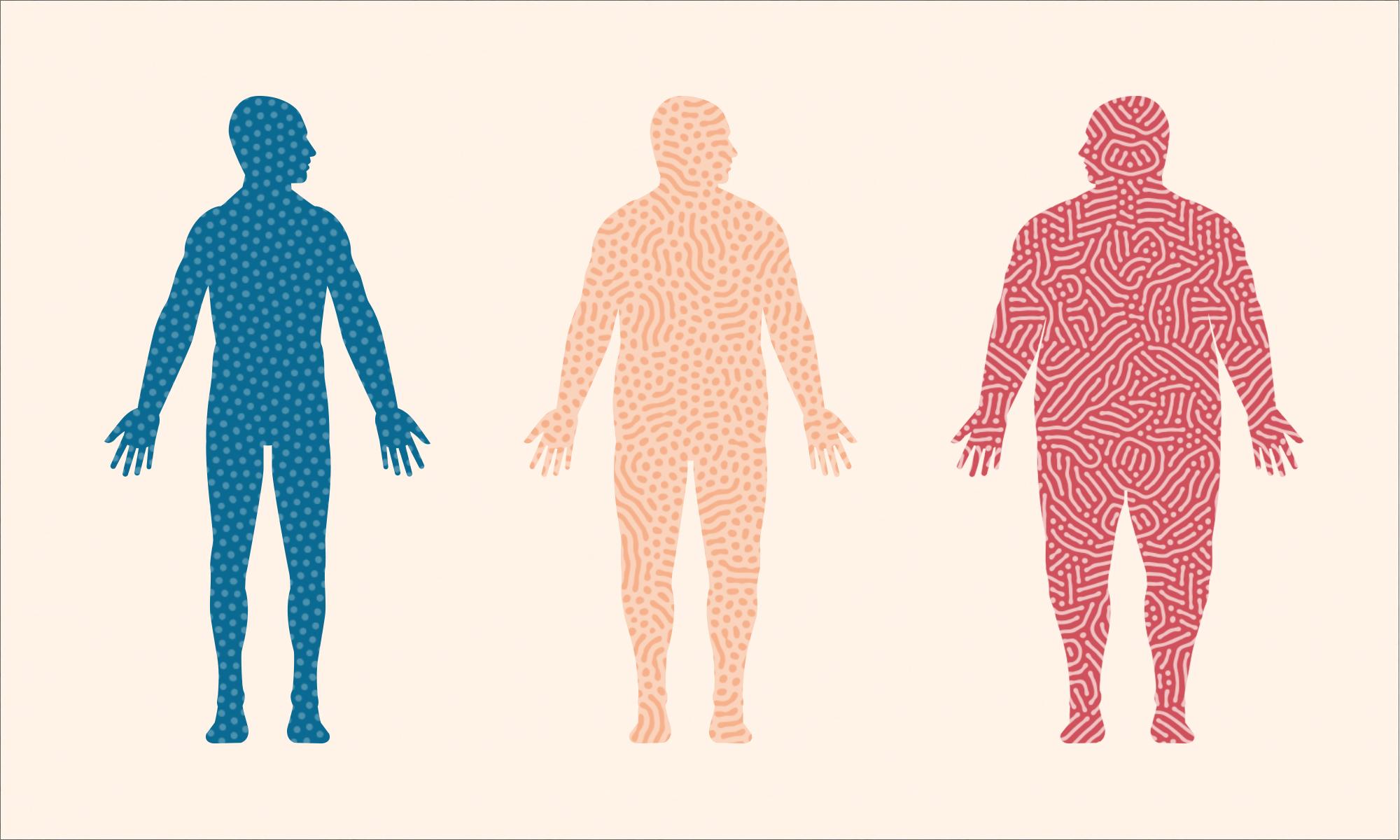
Fig 1. Opioid Prescribing is Still High and Varies from County to County. Centers for Disease Control and Prevention.
As a pharmacy technician in a college town, it is not uncommon that I get students in the pharmacy who don’t know how the industry works. Whether we’re still waiting on an authorization from their primary care provider, there is a conflict with their insurance, or even if they have just run out of refills on a prescription, there is often an awkward admittance that they, consumers, do not fully understand what it takes to get a prescription in their hands. Despite this being an embarrassing confession for some, they’re certainly not alone. Before I entered the industry, I had little to no idea of what went on behind the scenes and, honestly, I still learn a lot every day. Healthcare is an extremely complex field to navigate but understanding your role in it is paramount. In today’s post, we’ll be looking at the journey a prescription takes after being written by your physician, to landing in your hand at the pharmacy.
The first step that must occur is the writing of a prescription. Under the DEA and Controlled Substances Act (CSA), drugs are classified using schedules. Each schedule categorizes drugs based on how addictive they are and their potential for abuse. Schedule I drugs include big names such as LSD, Heroin, or Quaaludes. These drugs have no therapeutic value and are highly addictive substances. The severity of regulation and risk-of-abuse drops as the schedules rise. Most Schedule V drugs can be purchased over the counter. When a physician writes a prescription, he or she must take into account what schedule your ailment or need calls for. The script is then written for the patient, specifying: the quantity prescribed, the number of refills available, whether or not generic drug substitutions are approved. While physical scripts can still be written at the convenience of the patient, many states and health systems are phasing them out in lieu of digital scripts. Digital scripts are sent directly to a pharmacy of the patient’s choosing and processed accordingly from there.

Fig 2. Drug Representative. Mado.
Often, a physician’s choice of drug can be influenced by pharmaceutical companies pushing new products. The research and development department of pharma companies develop new drugs to be approved by the FDA and pharmaceutical representatives then advise doctors on them. Drug prices are negotiated between these pharmaceutical companies and insurance companies or pharmacy benefits managers (PBMs). What these companies intend to do is to lower prices through rebates and discounts. Once these are negotiated, the drug is added to the company’s formulary or coverage and patients with that insurance plan are able to get it for lower than the developer’s “wholesale price”.
Pharmacies, who order these drugs, need to process you as a patient and insurance beneficiary upon receiving your prescription. Pharmacies look at and input your insurance coverage into their system and draw up the script through that. If your prescription is covered under your insurance, you will most likely be able to pay a reduced fee through a copay or coinsurance. Nerdwallet.com explains the differences between the two like this, “You pay a monthly premium just to have health insurance. When you go to the doctor or the hospital, you pay either full cost for the services, or copays as outlined in your policy. Once the total amount you pay for services, not including copays, adds up to your deductible amount in a year, your insurer starts paying a larger chunk of your medical bills, typically 60% to 90%. The remaining percentage that you pay is called coinsurance”. Cost-sharing methods like these are the reason you typically pay only a fraction of the drug’s true cost.

Fig 3. Illinois PBM Pharmacy Audits Defense Lawyer. The Law Offices of Joseph J. Bogdan, LLC.
However, these reduced costs are also the reason many are left shocked when something is not covered and an issue in payment arises. It is not unusual for a student to be checking out and we find their prescription was not covered by insurance. This can happen for a number of reasons and can either be solved by you or the pharmacy staff. Two common reasons for denial of coverage are: a request for prior authorization and the prescription is being filled too early. A request for prior authorization is fairly simple. When a drug’s medical necessity is drawn into question or it is not covered under their formulary, insurers will request a prior authorization before covering it. If this is requested, you may call your physician to be switched to another drug or appeal the request for approval. The pharmacy may also call on your behalf. Another very common thing in the college demographic is patients attempting to pick up prescriptions earlier than what is covered by their insurance. While the pharmacy can begin to refill a prescription, they will not be able to complete the process if it is being filled too soon. Insurers do not want to cover any unnecessary payments if the patient still theoretically has enough of a drug left from their last fill. This denial may also arise if the drug is a more heavily monitored, controlled substance or narcotic. Schedule II and III drugs are very strictly controlled. Many cannot be refilled, and those that can must be without overlap to prevent any ease of abuse.
Healthcare is one of the most consumer-centric industries and yet, one of the most confusing to navigate as a consumer. The irony of this is blatant. Like in anything though, it is important to start off on a good foot and digest a little material at a time. It is my hope that after reading this article, you will have a greater understanding of what happens between seeing your doctor and picking up your prescription.




















/childhood-obesity-56a6fdc15f9b58b7d0e5dfc3.jpg)
